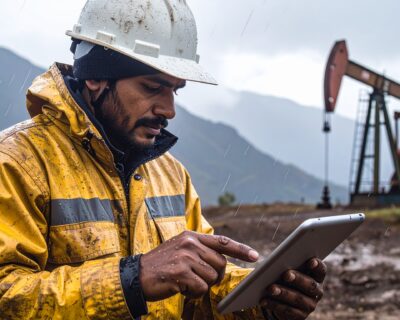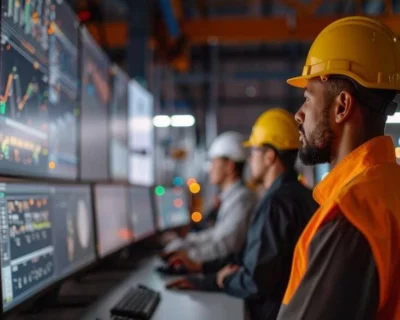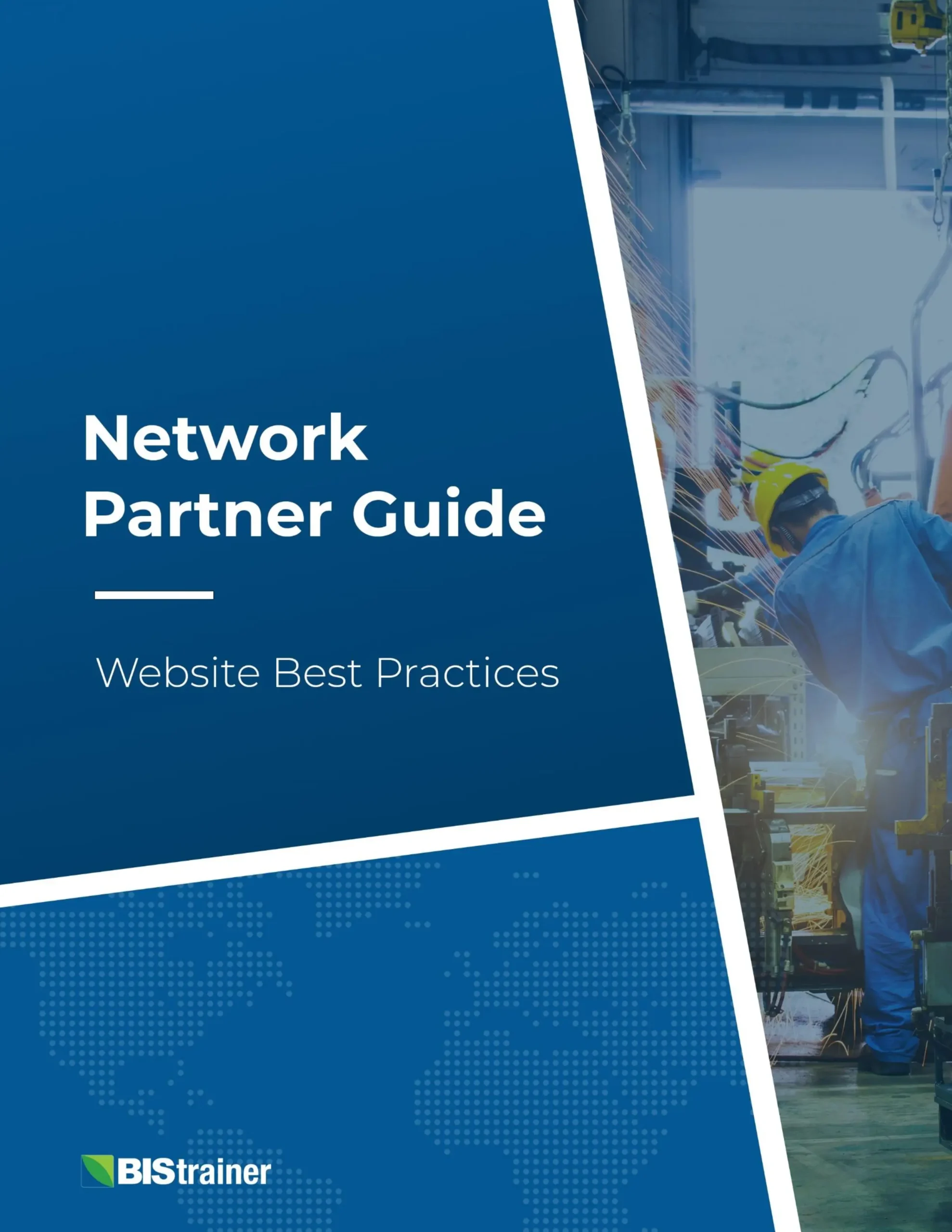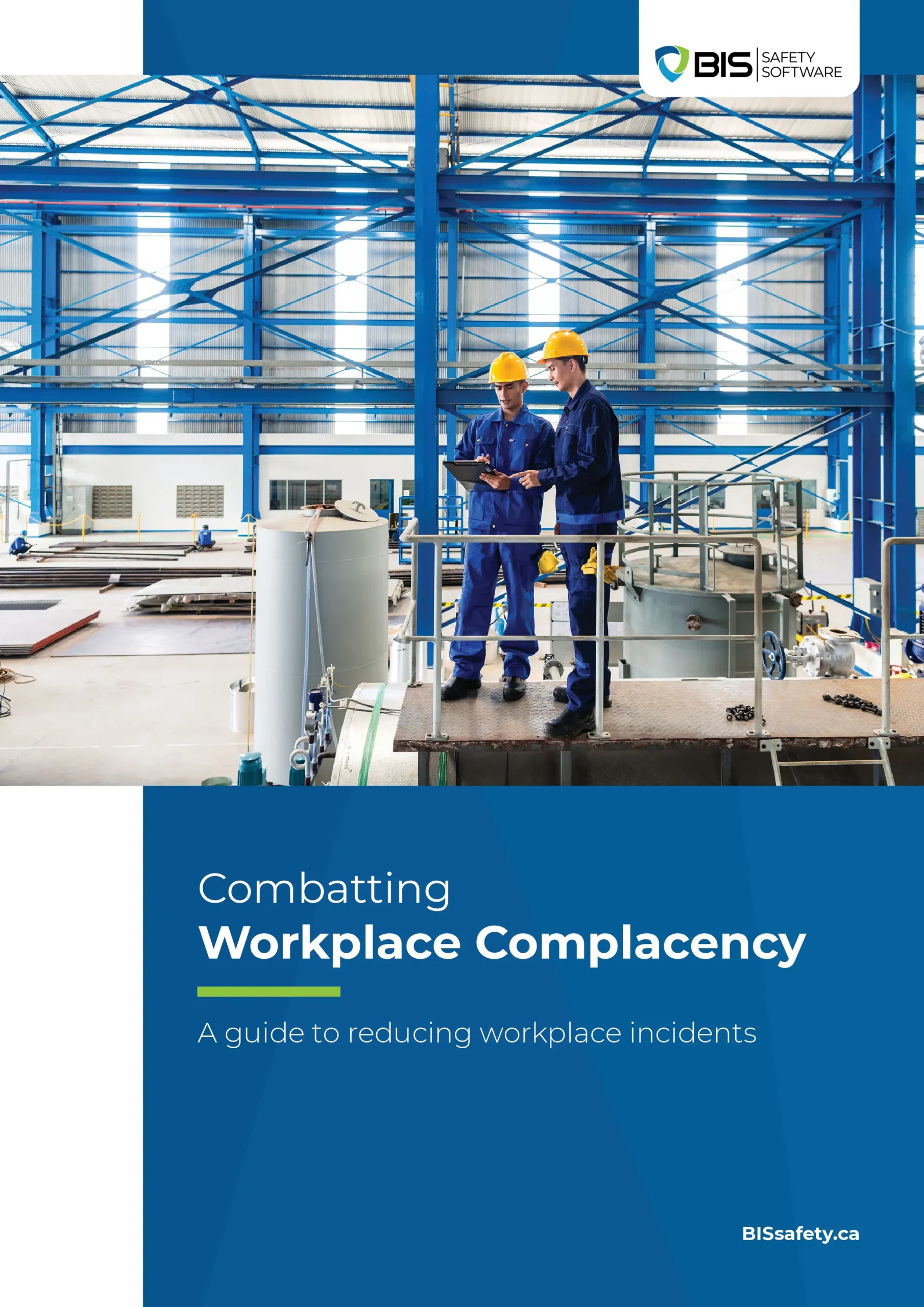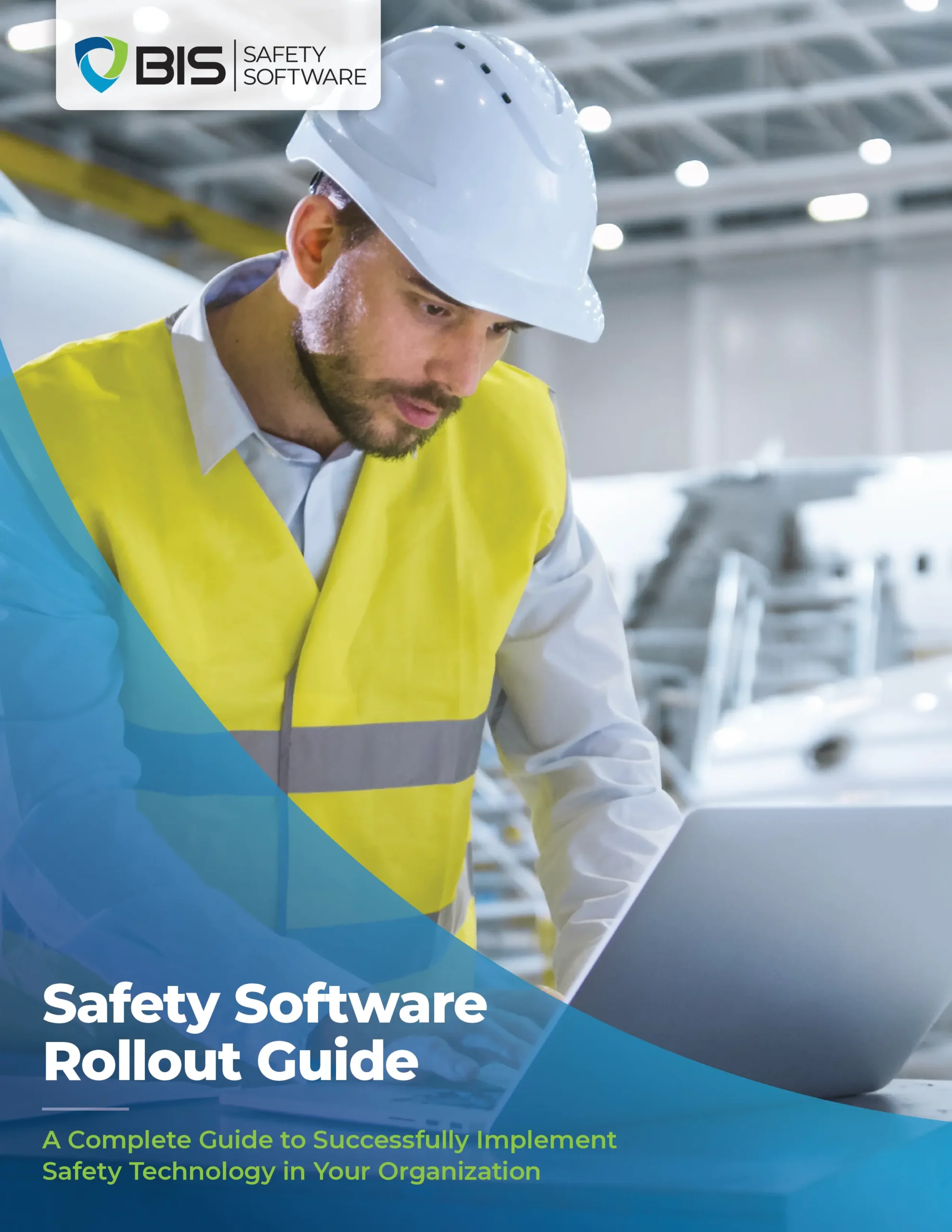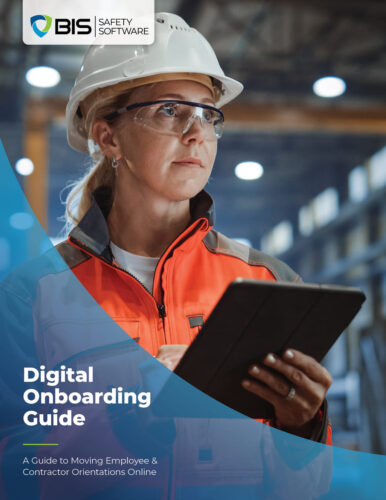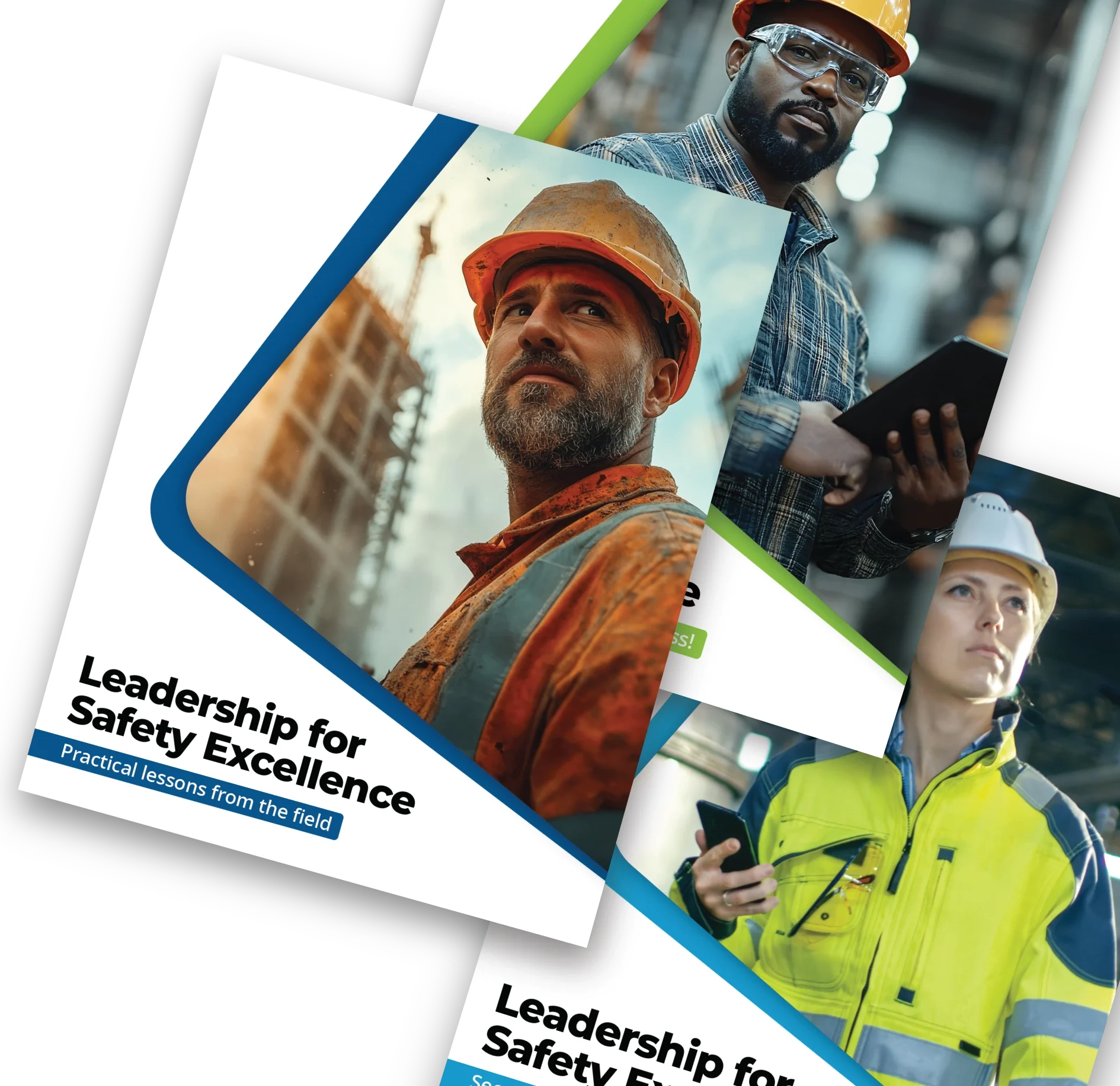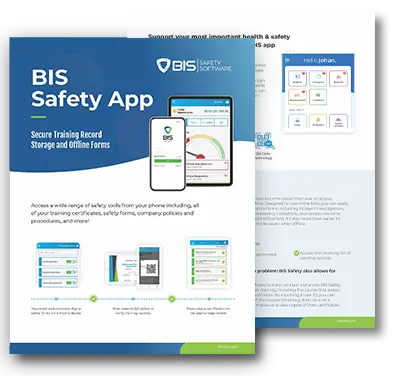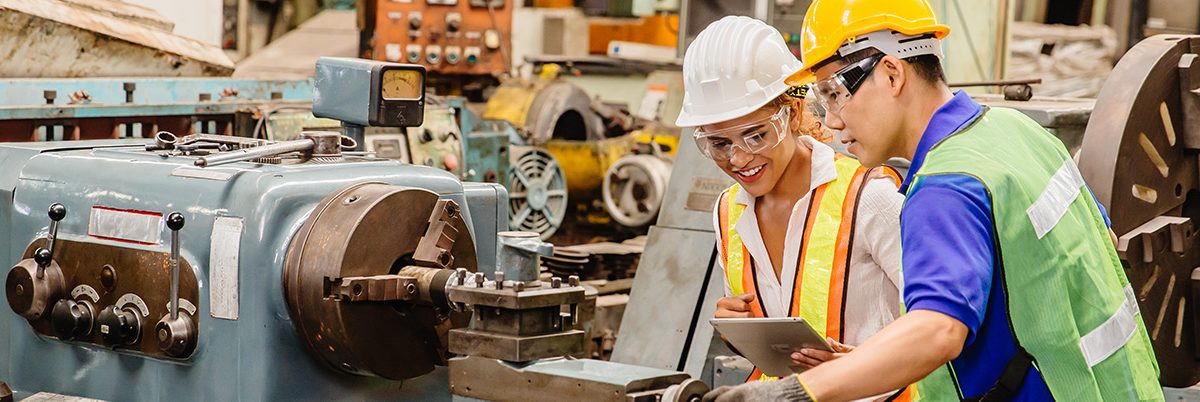
Occupational Health and Safety Trends for 2021
According to the US Bureau of Labor Statistics, there were 5,333 workplace fatalities in 2019 and a total of 888,200 injuries with days away from work. The reported fatalities increased by 113 compared with 2018, which represents a 2% increase. Sprains, strains, and tears were the most common injuries, representing 295,180 of the total reported. Data on workplace injuries and fatalities has not been published for 2020, but the COVID-19 pandemic introduced additional challenges. As a result, companies are giving priority to occupational health and safety (OHS). The adoption of many technologies has been accelerated, for example, video conferencing was used mostly as a social distancing measure, but it offers permanent benefits for companies. Safety leadership saves lives, but it also offers an attractive return on investment. According to the US National Safety Council, companies save $37,000 on average when they prevent a lost-time injury.
This article provides an overview of 6 occupational health and safety trends for 2021, and discusses the benefits they provide.
1) Top-Down Leadership
Supervisors and workers are exposed to hazards daily so safety must be a priority. Safety leadership starts from upper management. Personnel can follow regulations and company policies, but executives create a culture of safety.
Safety at work requires knowledge of specific hazards and how to avoid them. Online safety training is a viable option, since workers are not exposed to COVID-19 in classrooms, and they can learn at their own pace. Many governments now recognize online safety courses as a way to meet their mandatory training requirements.
2) Smart Personal Protective Equipment
Workplace hazards should be identified and eliminated whenever possible, or at least reduced. However, removing all risks completely is not always possible so personal protective equipment (PPE) provides an additional line of defense. Companies must ensure that their personnel uses the minimum PPE required by law, which may change depending on local regulations.
Combining PPE with smart sensors and wireless connectivity is a promising concept. For example, sensors can detect hazards that are not evident for workers, and warn them before an accident happens. They can also monitor vital signs like body temperature and heart rate, to prevent conditions such as heat stroke.
Social distancing can also become more effective with smart PPE. If proximity sensors are added to worn equipment, employees can be reminded to spread apart if they stand too close while working. Of course, some tasks require teamwork in small spaces, and distancing is not always possible.
3) Mental Health Recognition
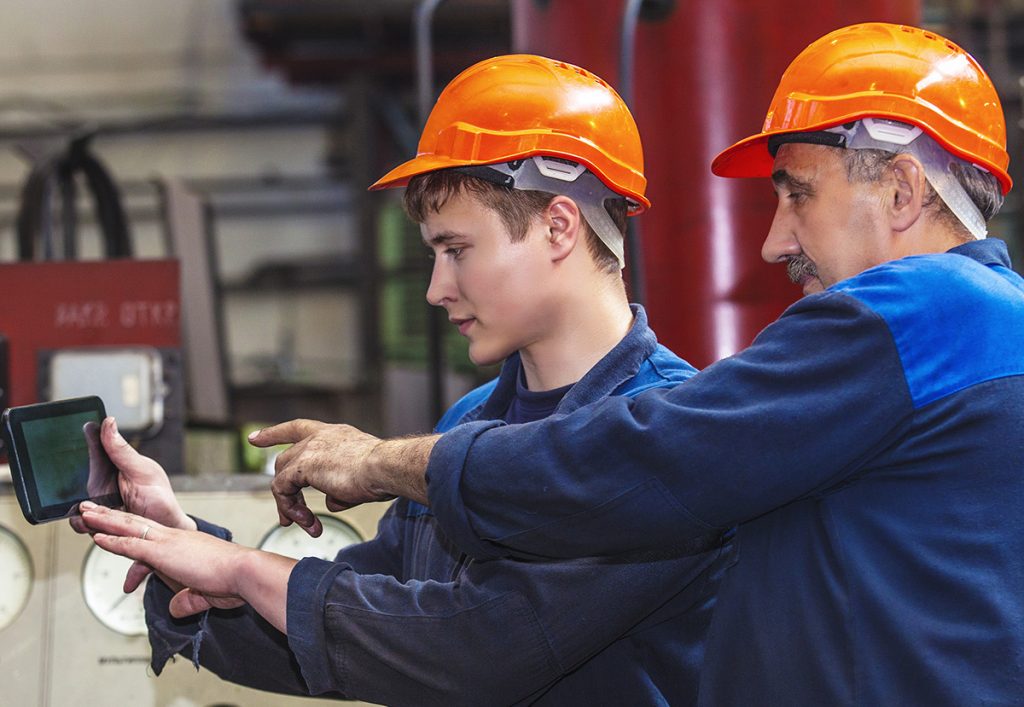
Occupational health and safety trends have long focused on avoiding physical injury. However, companies are starting to recognize the importance of mental health. The WELL Certification for buildings has gained popularity in recent years, and promoting mental health is one of the performance categories scored. The global economy loses 1 trillion USD annually due to depression and anxiety, and these conditions also diminish the quality of life for people who suffer from them. The year 2020 was especially challenging, due to the hardships caused by the coronavirus outbreak. Safety leadership also means caring for the mental wellbeing of employees, which can increase job satisfaction, while reducing absenteeism and turnover.
4) Prevention Over Detection
Accident prevention is crucial to improving safety at work. In a survey by the National Safety Council, financial managers reported a return of $4.41 for every $1 invested in safety. OHS programs also save lives, which is a benefit that cannot be measured in dollars.
Preventive maintenance is critical in heavy industries, where major hazards are a normal part of work. However, business sectors that are considered less dangerous are adopting the same mindset. Before the COVID-19 pandemic, many organizations had never faced a major occupational hazard.
5) Employee Feedback
Executives and managers have a vital role in creating a safety leadership culture. However, employees can provide the best feedback to improve OHS programs, since they deal with hazards directly. The following are some potential benefits of employee feedback:
- Improving aspects of safety programs that are difficult to implement at work.
- Identifying and mitigating hazards that are not covered by a safety program.
- Identifying areas in which the company personnel lacks training.
Conducting surveys is an efficient way to gather feedback from employees. Ideally, the questions should be relevant and concise, and applying a digital survey is more efficient.
6) Increased Safety Professionals
As more organizations focus on improving their OHS programs, the demand for safety professionals is also on the rise. Workers must be provided with updated knowledge about safety technologies and regulations, and many worksites need full-time safety managers to deal with all the hazards present.
Companies can rely on safety consulting services to improve their OHS programs, but safety leadership must also be developed internally. Safety consultants can train supervisors and workers, but they are not involved in daily operations to deal with hazards.
Conclusion
In 2021, occupational health and safety trends will be characterized by an increased adoption of technology, the inclusion of mental health in OHS, and a greater focus on accident prevention. Companies in general are becoming more aware of workplace safety and its importance, and the services of safety professionals are in high demand. Safety training has a fundamental role, since it improves the accident prevention capacity at all organizational levels.


